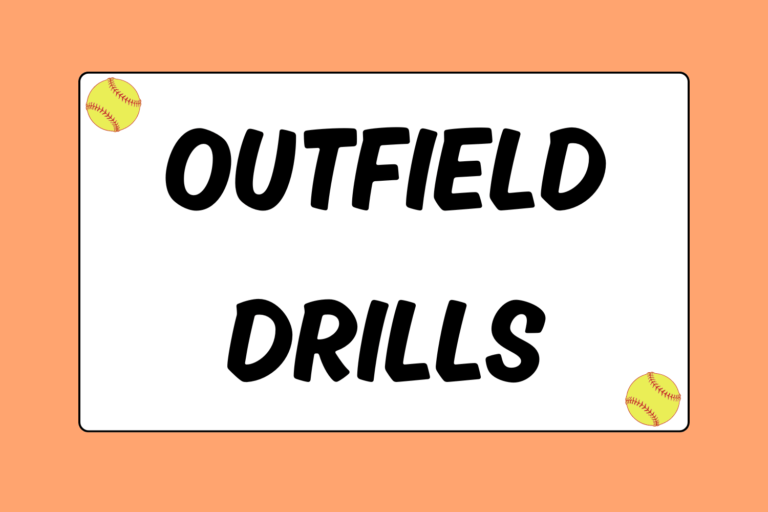Many players don’t know how to use the on-deck circle. While it may just seem like the place to wait your turn, it does have a greater purpose: It’s where you prepare yourself to be successful against the pitcher. This softball guide will lay out some quick pointers on how to properly use the on-deck circle.
Watch the Pitcher
This may seem like a no-brainer, but when you’re in the on-deck circle, you need to be watching the pitcher. Your goal is to figure out her strengths and weaknesses, including:
- What she pitches she throw
- Where she throws the first pitch
- Her go-to strikeout pitch
- What she throws when she is behind in the count
Figure this out and you’ll be a much stronger (and smarter) batter. You’ll be ready to attack the first pitch if she throws it down the pipe, or work the count and wait for a strike if her control is off. What you don’t want to do is come up swinging for the fence on the first pitch if she’s just thrown four consecutive balls!
Timing
You should also use your on-deck time to figure out your timing. If her speed is overpowering, you may need to start your swing earlier than normal and move back in the box (towards the catcher) to give yourself a little more reaction time.
If she pitches slower than what you normally face, you’ll want to start your swing a bit later. You can also move as far up in the box as necessary. You don’t want every pitch to feel like a change-up, so figure out where to position yourself so you aren’t swinging too early.
Hot Tip: Take the Advantage
To give yourself an even greater advantage over a pitcher who is hitting the 60s on a radar gun, you may want to pick up a lighter bat to gain some extra bat speed. On the same note, if the pitcher’s speed is a lot slower than what you’re used to, you may want to opt for a heavier bat. The added weight will give you some extra power behind a pitch that isn’t supplying much power itself.
Keep an Eye on the Catcher
Pay attention to the catcher, as well. Try to figure out if she gives the pitch away by setting up before the pitcher even winds up. You also want to watch her arm. Once you hit the ball, you’ll be a base runner, so try to get a sense for how much you’ll be able to test her without being thrown out. Knowing whether she has a strong arm and whether she even likes throws the ball will give you the advantage on the bases.
Hot Tip: Coach Scoring Runners
If there is a runner at third, it is your job to help coach her at the plate. That means you need to tell her whether she needs to slide, or if she can come in standing up. If she needs to hook-slide, for example, sweep your hands toward the outside of the plate while you yell it to let her know. Giving visual signals, as well as verbal commands, will help the run count.
Observe the Infield
Lastly, look at the first and third basemen. Figure out who crashes harder on a bunt and who has the better arm. That way, if you’re ever given the sign, you’ll know exactly where to bunt the ball. You can also try to figure out where to place a hit if a certain side of the field seems weaker than the other.
Visualize Success
Of course, you’ll also want to practice your swing. Take a few cuts in real time off the pitcher’s motion after you figure out the timing. Ultimately, the more relaxed and prepared you are, the more successful you will be. So use your time in the on-deck circle wisely! Visualize yourself making contact and you’ll be perfectly primed to hit.





